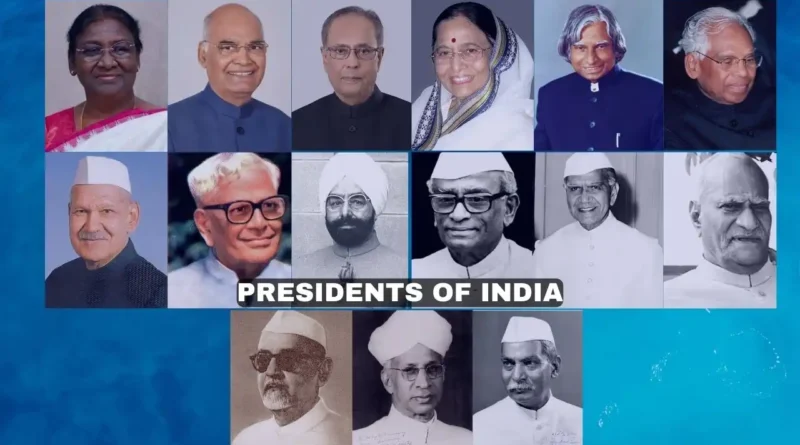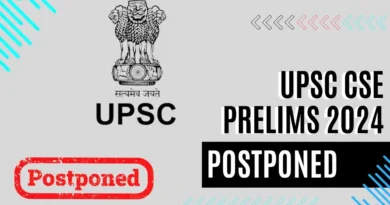List of all Presidents of India from 1950-2023, Supreme Commander of the Indian Armed Forces
Presidents of India: The President of India is the head of state and the Supreme Commander of the Indian Armed Forces. The President is elected by an Electoral College comprising members of parliament and state legislatures for a five-year term.
If the President’s term ends early, the Vice President serves as acting President until a new one is elected. The constitution provides for handling contingencies when neither the President nor the Vice President is available.
Since India became a republic in 1950, there have been 15 elected Presidents and 3 acting Presidents briefly in office. Varahagiri Venkata Giri is the only one to have served as acting President and then been elected President later. Rajendra Prasad was the sole President to have two terms.
Seven Presidents belonged to political parties before taking office, six from the Indian National Congress. Two Presidents, Zakir Husain and Fakhruddin Ali Ahmed, passed away in office. Pratibha Patil in 2007 became India’s first woman President.
The latest, 15th President is Droupadi Murmu, who assumed office in July 2022, becoming the second woman but first tribal person to hold this highest constitutional position in India.
The Guardians of Democracy: Presidents of India Supreme Commander
Dr. Rajendra Prasad: The Inaugural President (1950-1962)
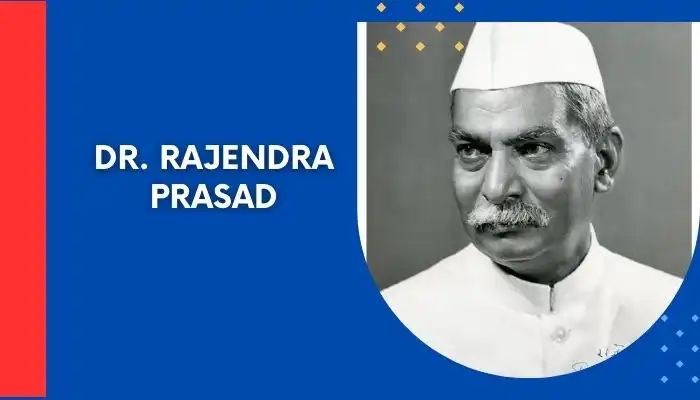
India’s tryst with destiny began on January 26, 1950, when Dr. Rajendra Prasad took the oath as the nation’s first President. A freedom fighter, scholar, and ardent advocate of social reform, Dr. Prasad set the tone for the highest office in the land. His tenure, spanning twelve years, was marked by a commitment to upholding the ideals of the Indian Constitution and nurturing the fledgling democracy.
Read also: Chandrayaan 4: India’s Ambitious Lunar Sample Return Mission, India’s Best
Dr. Sarvepalli Radhakrishnan: The Philosopher-President (1962-1967)
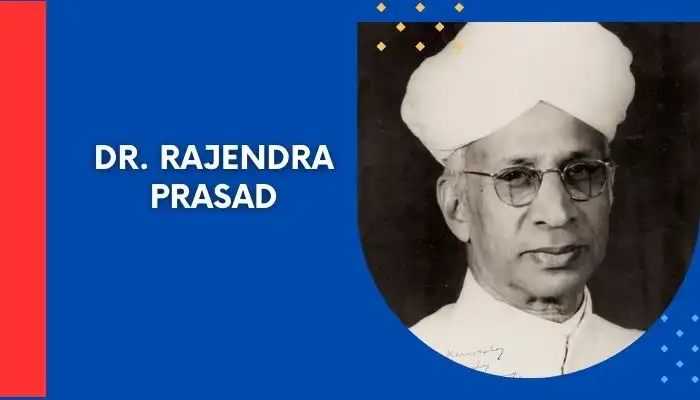
Following in the footsteps of Dr. Prasad was the erudite Dr. Sarvepalli Radhakrishnan, a renowned philosopher, and statesman. His five-year tenure as President witnessed a significant shift in India’s international relations, as he tirelessly worked to promote the country’s image on the global stage. Dr. Radhakrishnan’s emphasis on education and intellectual pursuits left an indelible mark on the nation’s cultural landscape.
Dr. Zakir Husain: The Educator-President (1967-1969)
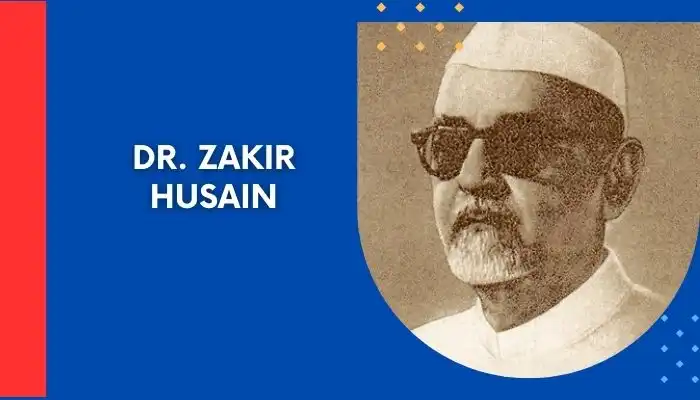
Dr. Zakir Husain, an eminent educationist and Vice-Chancellor of Aligarh Muslim University, assumed the presidency in 1967. His tenure, tragically cut short by his untimely demise in 1969, was dedicated to promoting the values of secularism and religious harmony. Dr. Husain’s legacy continues to inspire generations of Indians to embrace the diverse tapestry of the nation’s cultural heritage.
V.V. Giri: The Labor Leader-President (1969-1974)

V.V. Giri, a former labor leader and trade unionist, became the fourth President of India in 1969. His presidency coincided with a turbulent period in the country’s history, marked by the Indo-Pakistan War of 1971 and the subsequent liberation of Bangladesh. Giri’s unwavering commitment to upholding the Constitution and safeguarding the interests of the working class earned him widespread respect.
Fakhruddin Ali Ahmed: The Diplomat-President (1974-1977)
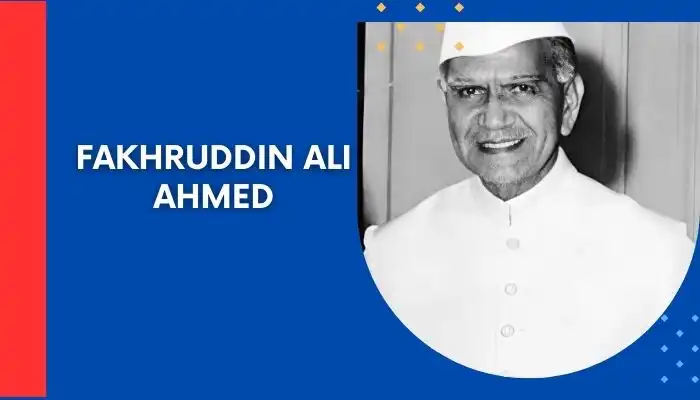
Fakhruddin Ali Ahmed, a seasoned diplomat and former Minister of Foreign Affairs, assumed the presidency in 1974. His tenure was marked by a focus on strengthening India’s foreign relations and promoting global peace and cooperation. Tragically, his presidency was cut short by his untimely demise in 1977, leaving a void in the nation’s diplomatic realm.
N. Sanjiva Reddy: The Farmer’s Son-President (1977-1982)
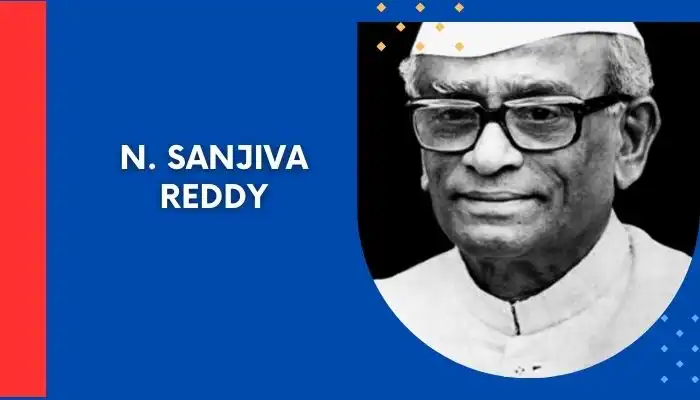
N. Sanjiva Reddy, a farmer’s son who rose to become the sixth President of India, took office in 1977. His presidency witnessed the turbulent period of the Emergency, during which he played a crucial role in upholding the democratic principles enshrined in the Constitution. Reddy’s humble origins and his commitment to the welfare of the underprivileged resonated with the masses.
Read also: Lok Sabha Elections 2024: Full Schedule, Phases, Results Date, A Marathon Journey Across India
Giani Zail Singh: The Poet-President (1982-1987)
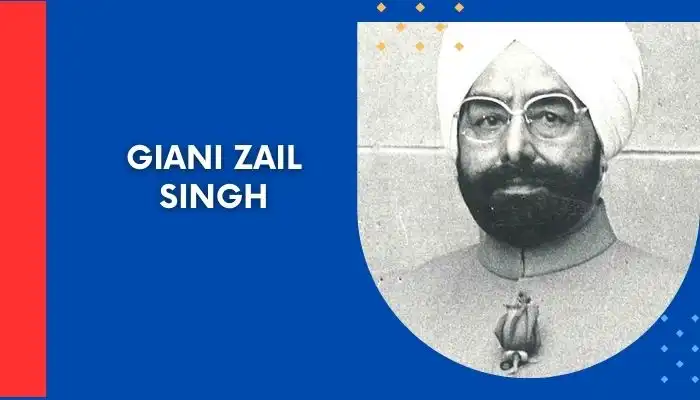
Giani Zail Singh, a former Chief Minister of Punjab and a renowned poet, assumed the presidency in 1982. His tenure was marked by a focus on promoting the arts and literature, as well as fostering communal harmony in the aftermath of the tragic events of 1984. Singh’s poetic prowess and his advocacy for cultural preservation left an indelible mark on the nation’s literary landscape.
R. Venkataraman: The Economist-President (1987-1992)
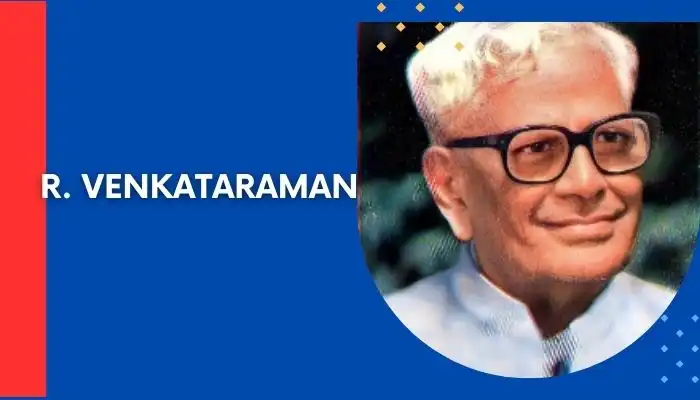
R. Venkataraman, an accomplished economist and former Minister of Finance, became the eighth President of India in 1987. His tenure witnessed a period of economic reforms and liberalization, as the country embraced globalization and opened its doors to foreign investment. Venkataraman’s expertise in finance and economic policymaking proved invaluable during this transformative period.
Dr. Shankar Dayal Sharma: The Educationist-President (1992-1997)

Dr. Shankar Dayal Sharma, a renowned educationist and former Vice-Chancellor of the University of Allahabad, assumed the presidency in 1992. His tenure was marked by a commitment to promoting education and social welfare initiatives. Dr. Sharma’s emphasis on academic excellence and his efforts to uplift marginalized communities left a lasting impact on the nation’s educational landscape.
K.R. Narayanan: The Dalit Leader-President (1997-2002)
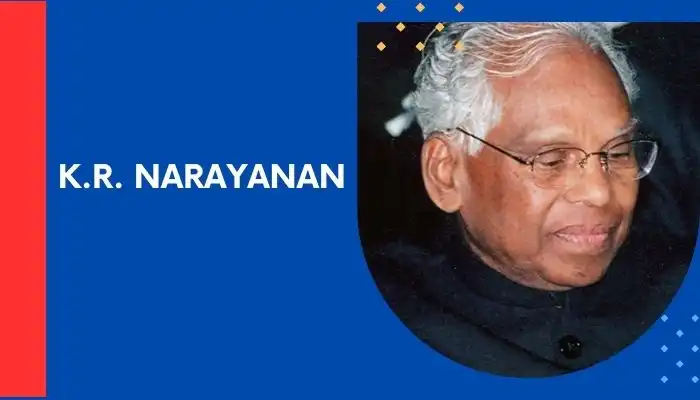
K.R. Narayanan, a distinguished diplomat and the first Dalit President of India, took office in 1997. His presidency was a beacon of hope for marginalized communities, as he tirelessly worked to promote social justice and uplift the underprivileged. Narayanan’s unwavering commitment to upholding the Constitution and his advocacy for inclusive development earned him widespread respect and admiration.
A.P.J. Abdul Kalam: The People’s President and Visionary Leader (2002-2007)
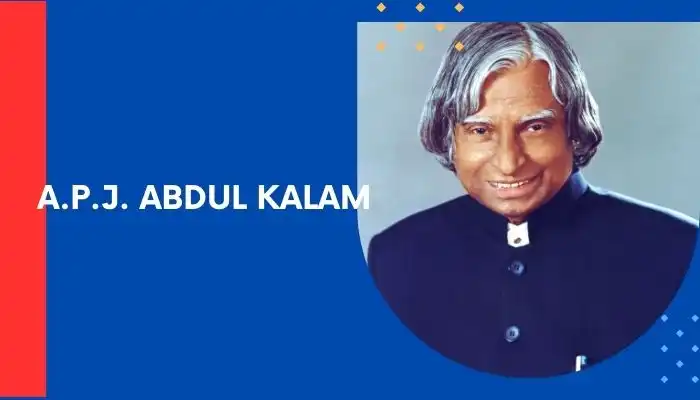
A.P.J. Abdul Kalam, a renowned scientist and the “Missile Man of India,” assumed the presidency in 2002. His tenure was marked by a focus on promoting scientific temper, education, and youth empowerment. Kalam’s charismatic personality and his ability to connect with people from all walks of life endeared him to the nation, earning him the moniker “The People’s President.”
Pratibha Patil: The First Woman President (2007-2012)
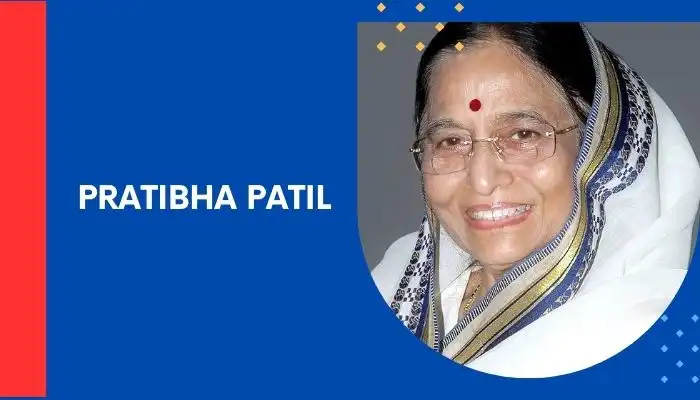
Pratibha Patil made history in 2007 by becoming the first woman to hold the office of President of India. Her tenure was marked by a commitment to promoting women’s empowerment and gender equality. Patil’s presidency paved the way for greater representation of women in leadership roles and inspired generations of Indian women to pursue their aspirations.
Pranab Mukherjee: The Seasoned Statesman (2012-2017)
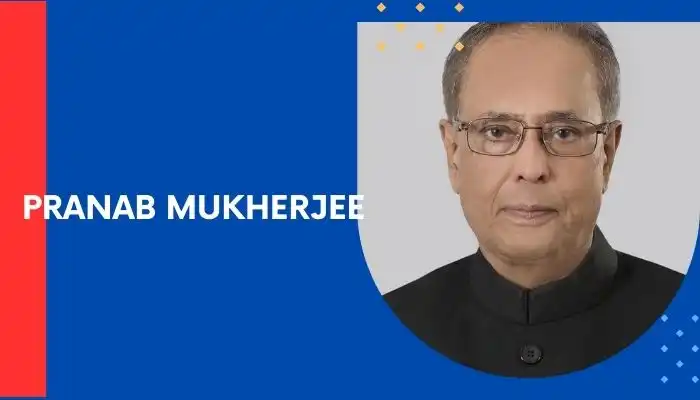
Pranab Mukherjee, a veteran politician and former Minister of Finance, assumed the presidency in 2012. His tenure was marked by a focus on strengthening India’s economy and promoting inclusive growth. Mukherjee’s vast experience in governance and his diplomatic acumen proved invaluable in navigating the complex challenges faced by the nation during his tenure.
Ram Nath Kovind: The Champion of the Marginalized (2017-2022)
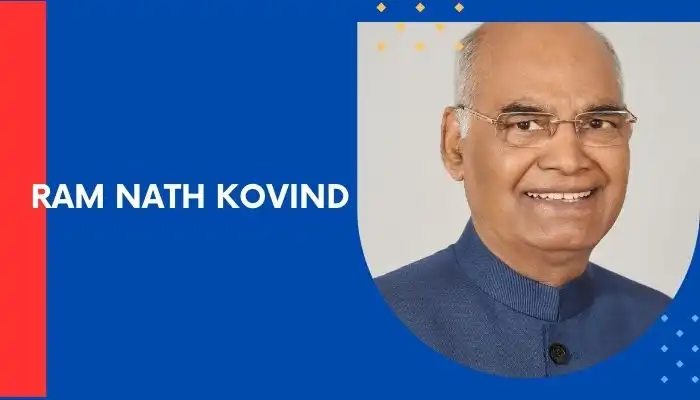
Ram Nath Kovind, a lawyer and former Governor of Bihar, became the 14th President of India in 2017. His presidency was a testament to the nation’s commitment to empowering marginalized communities. Kovind’s unwavering dedication to upholding the Constitution and his advocacy for social justice resonated with the masses, further strengthening India’s democratic fabric.
Droupadi Murmu: The Trailblazer (2022-Present)
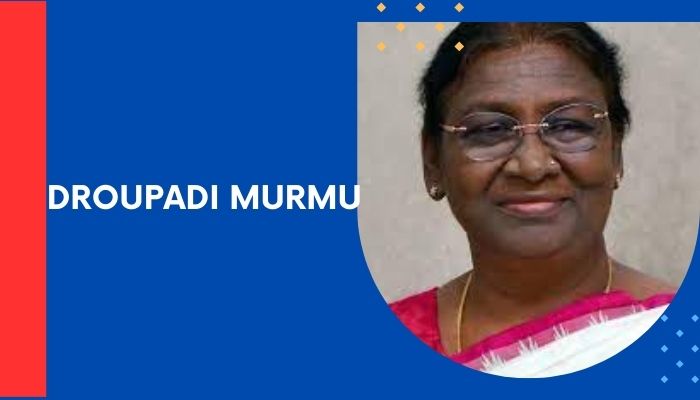
In a historic moment, Droupadi Murmu became the first tribal woman to assume the office of President of India in 2022. Her presidency is a powerful symbol of the nation’s commitment to inclusivity and diversity. Murmu’s journey from humble beginnings to the highest office in the land serves as an inspiration to countless Indians, underscoring the transformative power of hard work, perseverance, and unwavering determination.
Presidents of India
| Name | Tenure |
|---|---|
| Dr. Rajendra Prasad | 1950-1962 |
| Dr. Sarvepalli Radhakrishnan | 1962-1967 |
| Dr. Zakir Husain | 1967-1969 |
| V.V. Giri | 1969-1974 |
| Fakhruddin Ali Ahmed | 1974-1977 |
| N. Sanjiva Reddy | 1977-1982 |
| Giani Zail Singh | 1982-1987 |
| R. Venkataraman | 1987-1992 |
| Dr. Shankar Dayal Sharma | 1992-1997 |
| K.R. Narayanan | 1997-2002 |
| A.P.J. Abdul Kalam | 2002-2007 |
| Pratibha Patil | 2007-2012 |
| Pranab Mukherjee | 2012-2017 |
| Ram Nath Kovind | 2017-2022 |
| Droupadi Murmu | 2022-Present |
As India continues its journey as a vibrant democracy, the President’s office stands as a testament to the nation’s unwavering commitment to upholding the ideals of justice, liberty, and equality for all citizens. Each President, with their unique background and experiences, has contributed to shaping the course of India’s destiny, leaving an indelible mark on the nation’s history.

